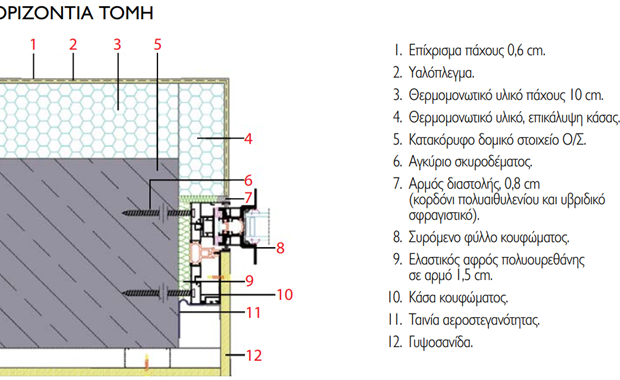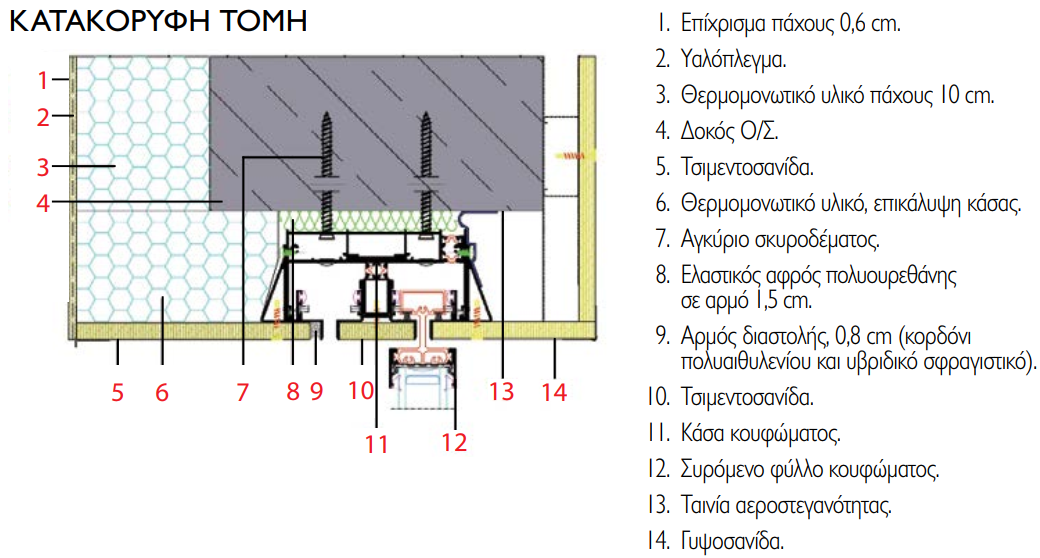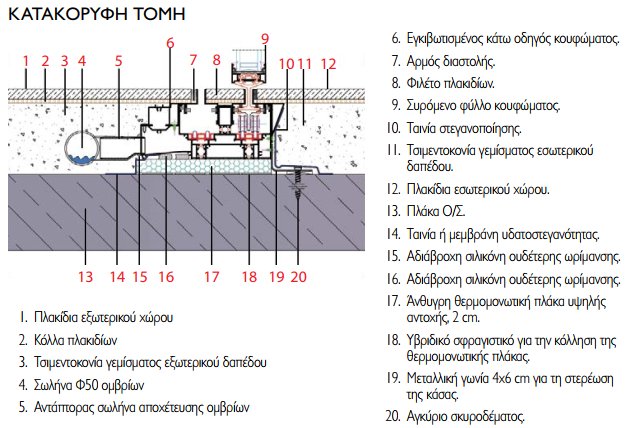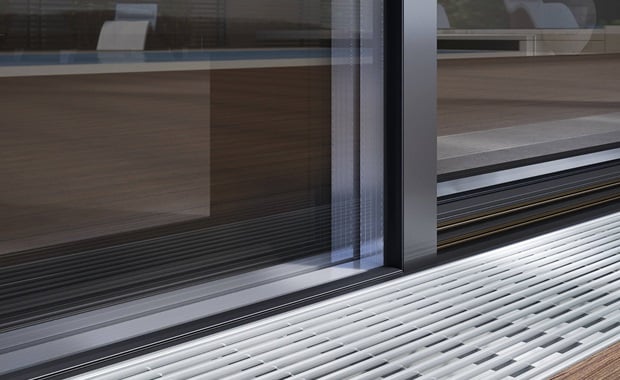.tmb-gal-big.jpg?sfvrsn=e8bea1d1_2) Article
Article
Installation of minimal encased aluminium sliding frames
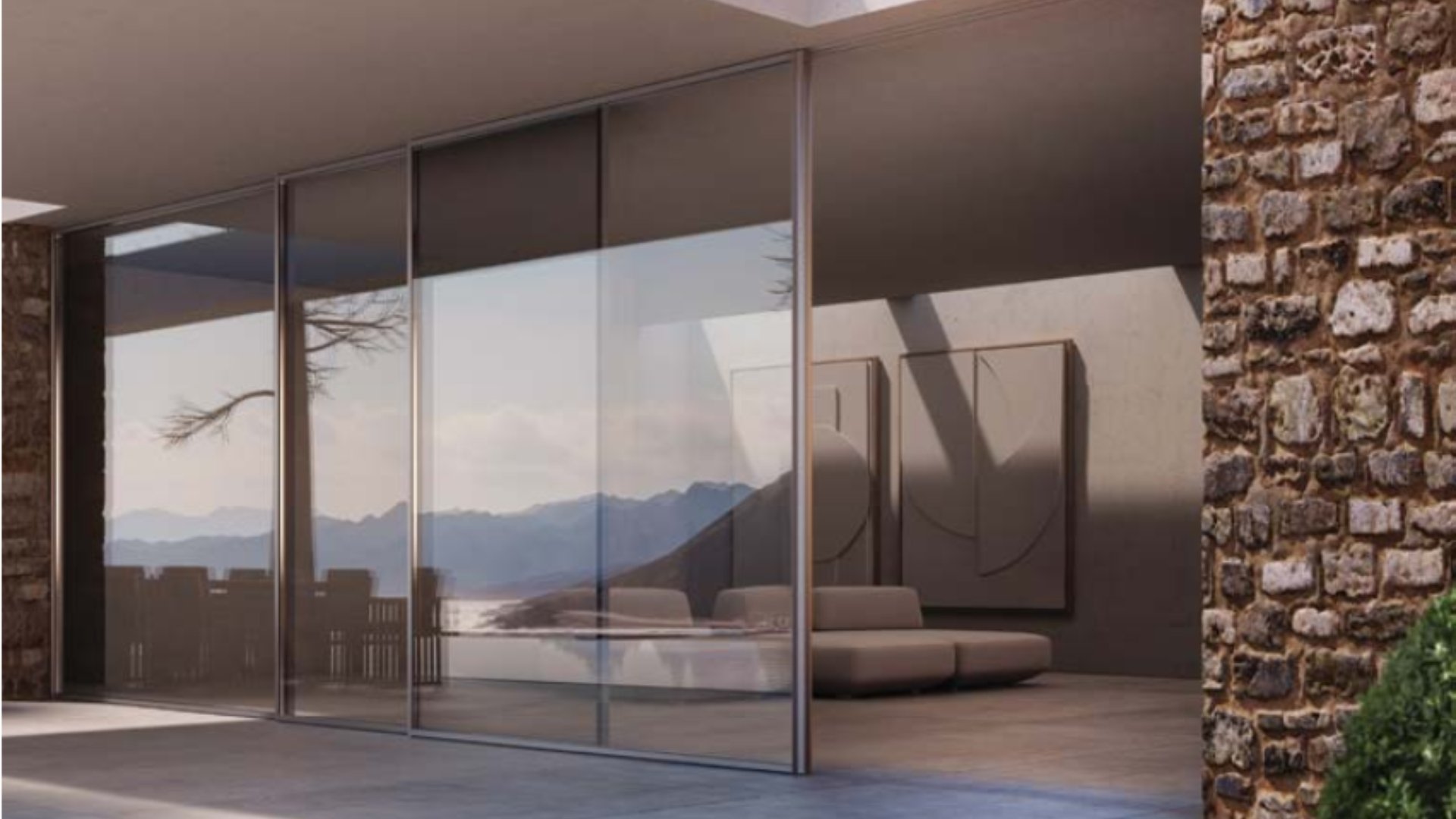
The current trend in architecture worldwide is to minimize the visible aluminium, maximizing the view to the outside environment and natural light into the interior.
In recent years, there has been growing interest in sophisticated large sliding frames, where which the frames are completely hidden on all four sides. That is, they are fully incorporated into the floor, ceiling and walls, offering a uniform aesthetic. These systems also include incorporated fully encased water drains that facilitate water management.
To achieve the optimal result, both aesthetically and functionally as well as in terms of thermal insulation, water tightness and air permeability, it is necessary to adapt the workflow in the buildings, to apply the appropriate materials and to adhere to the following principles and guidelines:
Principles
The installation is carried out after the completion of the walls, with two alternatives for the internal floor fillings, which are carried out either before or after. External fillings are always carried out afterwards.
Instructions
• Use of a metal corner on the bottom track for fixing the frame.
- Airtightness tape around the perimeter of the frame on the inside.
• Tape or membrane under the water drain.
• Thermal insulation slab on the concrete slab, leveled on all three axes.
• Application of waterproof neutral silicone on the thermal insulation slab.
• Placing the casing on the thermal insulation slab and fixing it to the structural elements.
• Filling the joint between the frame and the structural element with elastic polyurethane foam.
• Application of external insulation, which covers the entire casing.
• Creation of an expansion joint between the insulation and the frame. • Sealing by applying a polyethylene cord and a hybrid sealant.
• The upper part of the casing is covered on the outside, middle and inside with cement board and plasterboard.
• In the bottom track before the fillings, the adaptors of the water drain are connected to a drainage pipe with the necessary inclines.
• Then the bottom track is encased inside and out with fillings and flooring material.

